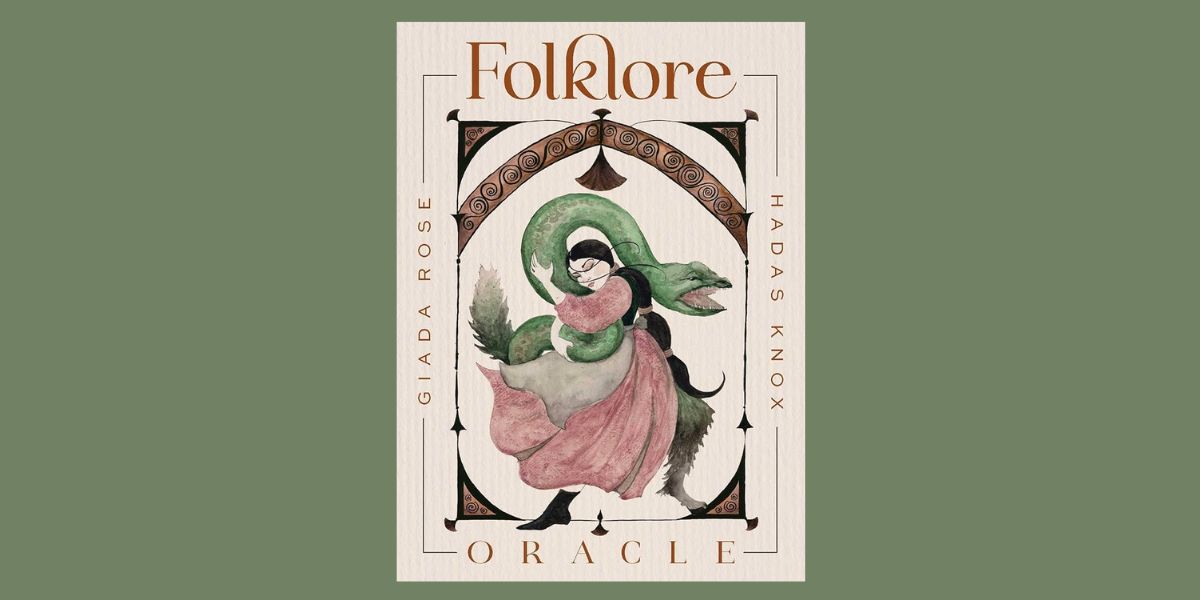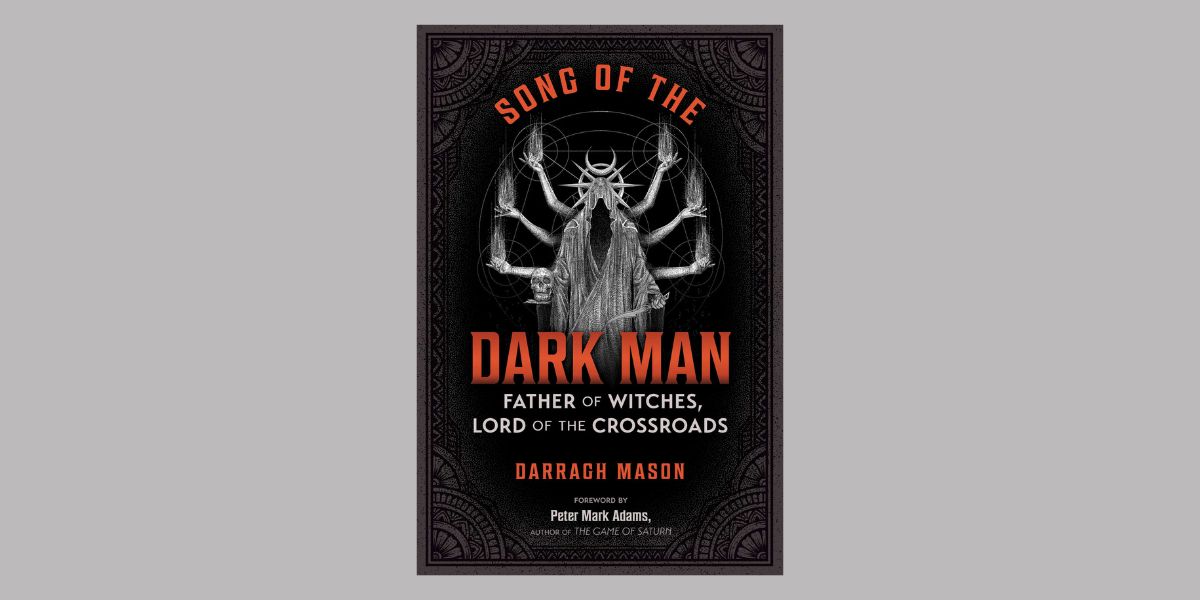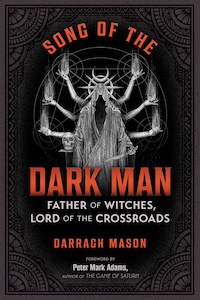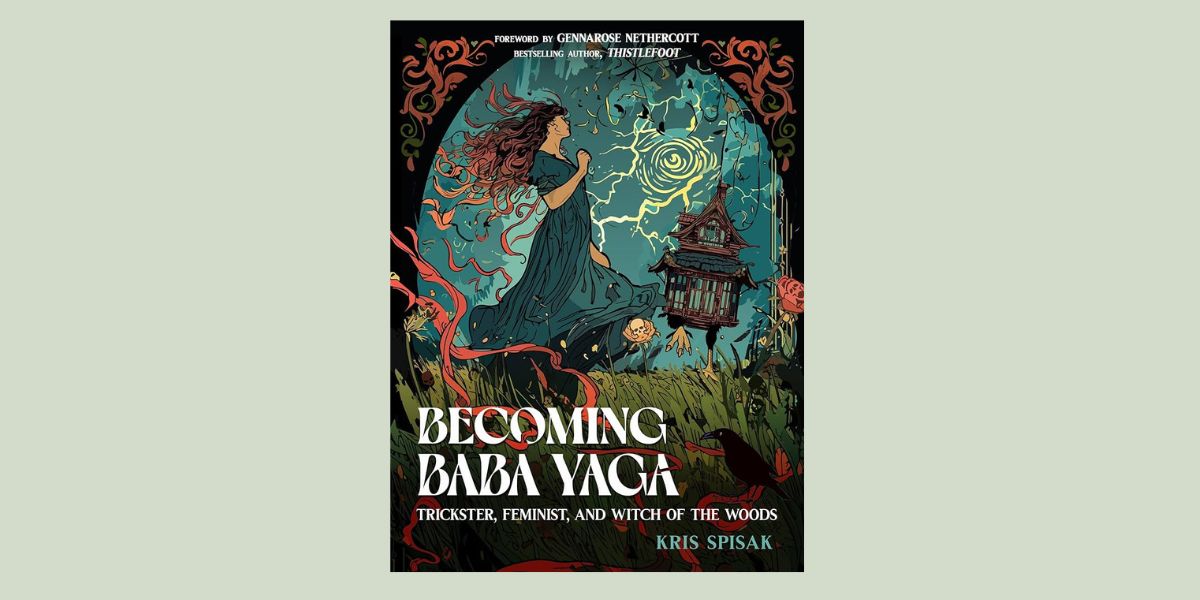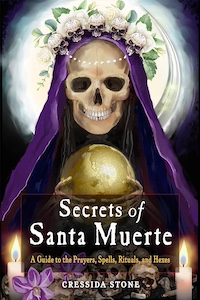
Folklore Oracle, by Hadas Knox and illustrated by Giada Rose
Rockpool Publishing, 1922786160, 112 pages, 44 cards, July 2025
Ready for charming yet profound insights? If so, Folklore Oracle by Hadas Knox and beautifully illustrated by Giada Rose is a swoon-worthy deck that you’ll want to add to your collection! This oracle is a perfect blend of folklore, symbolism, and wise guidance, bringing together themes from the age-old stories that capture one’s imagination and sing to the soul. The mixture of lore and art invites readers to divine through the enchantment of beloved cross-cultural stories that have taken on a life of their own, retold again and again to each generation.
“Using the language and imagery of folklore and folk wisdom that stretches back through recorded time to a numinous past, when each object not only possessed its own practical function but was the embodiment of an archetype with the force of collective wisdom behind it, this deck asks you to explore how you might lean more deeply into the questions in your life.”1

“Using the language and imagery of folklore and folk wisdom that stretches back through recorded time to a numinous past, when each object not only possessed its own practical function but was the embodiment of an archetype with the force of collective wisdom behind it, this deck asks you to explore how you might lean more deeply into the questions in your life.”2
As for the oracle images on each card, they all draw readers deeper into the story, theme, motif, or symbol being portrayed. The deck is rich with symbolism, both in the choice of card names and imagery, which Rose had brilliantly visually translated for readers to further explore the depths of their psyche while gazing at the card drawn. The mixture of black and white with vivid, bold colors adds further layers of contrast, jaxapositioning where the card lands and the insights spurred on by the process of absorbing the card’s details. At the bottom of each card is a question one can ponder, making it so there’s some reflection before moving onto the guidebook.

In the beginning of the guidebook, Knox provides an introduction along with guidance on how to use the cards, sharing three different spreads for inspiration. Each entry features the card’s name and number along with an image of the card and the question it asks readers. There’s then sections The Lore, Meaning, and Diving Deep, where Knox further illuminates the message coming through. The lore section provides contextual information about the card, which ranges from how the card often appears in folklore to history to superstition. The meaning section gives an overall message, and then the deeper dive goes just a bit further for insight and reflection. All together, the entry provides plenty of revelation and food for thought.
I do appreciate Knox’s style and approach to the guidebook entries. They’re a nice blend of folklore tidbits coupled with insightful commentary on the divinatory message. The meanings are not superficial; they call for readers to have courage and truly delve into the questions on their mind, taking stock of where they’re at within. In the introduction, Knox notes the cards avoid “shying way from the darker aspects of humanity’s shared past”3, and thus the messages reflect the full range of emotions that come through in the potent stories told through the ages. Knox’s insights into the meaning and symbolism of the cards in the guidebook is thoughtful and thought-provoking, encouraging readers to reflect on their own beliefs and experiences, fostering new revelations.

I also really enjoy the variety of cards: The Well, Stolen Child, Mirror, Ghosts, Broomstick, Curse, Salt, Garden. All of them call to mind aspects of a myriad of folklore stories I can recall having an impact on me. Knox does a great job weaving the symbol or motif into the broad archetypes of these stories while also pinpointing the message they have to share with us in oracle form. This spectrum of grand life lessons absorbed by vast populations to meaningful insights meant just for us is a really neat aspect of the deck, as these folktales resonate differently with each of us while still appealing to the collective psyche.
So far, all the readings I’ve done with this deck have been very insightful. After a particularly stressful few days, I asked the cards for spiritual guidance. The card I pulled was Fever. This card asked me, “What needs to be burned away?”4 And the folklore Knox shares about fevers is that they can be a “catalyst for an alchemical transformation.”5 As for the meaning of the card, Knox notes this might be a time of suffering but that within the flames it is possible to “stand in the games and let them wash over you”6 to “rise from the ashes and be born anew.”7. I especially loved this quote from the Deeper Meaning section of the guidebook:
“What if, instead of a force responsible for your undoing, the fire you stand in is evidence of your strength, your capacity to emerge with a purged soul and renewed faith in your own ability to heal?”8

I felt a burst of strength from reading this card. The message of guidance shook me out of a funk and made me feel bold and empowered amid the heat I was feeling. I really appreciated the shift in perspective Knox’s word provided, and it instantly shifted my internal monologue from a woe-is-me floundering stress-ball to courageous alchemist in the midst of a transformation. Powerful stuff!
Overall, Folklore Oracle is a beautifully crafted deck that invites readers into a world where the magical and the mundane are intertwined, leaving a lasting impression on the imagination and the soul just like the folklore symbols and motifs featured in this deck. Knox’s guidance goes deep and brings forth meaningful messages for the readers, while Rose’s enchanting illustrations stimulate the psyche and provide beautiful oracle visions. Those who enjoy folklore, fairy tales, and mystical enchantment will appreciate this deck, as well as readers who enjoy detailed introspective guidance for self-reflection and transformation. This deck is a real work of art!
Alanna Kali is an astrologer, numerologist, and pioneer spirit that loves to explore life through the lens of depth psychology. She has a passion for studying the humanities and social trends. Her academic work is centered upon reuniting body, mind, and spirit through eco-psychology. She loves reading, spending time in nature, and travel.
